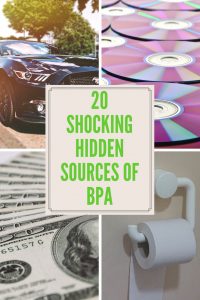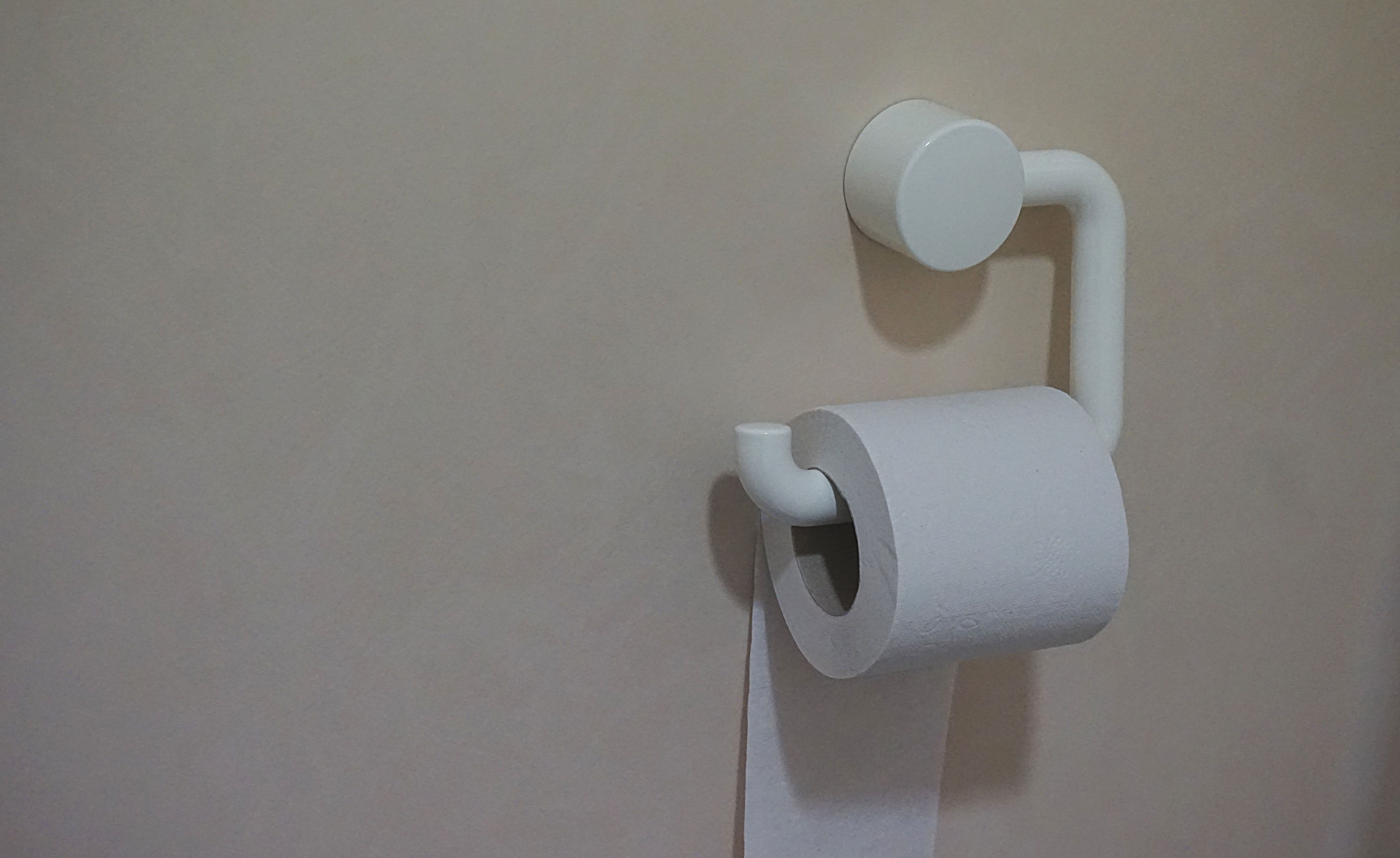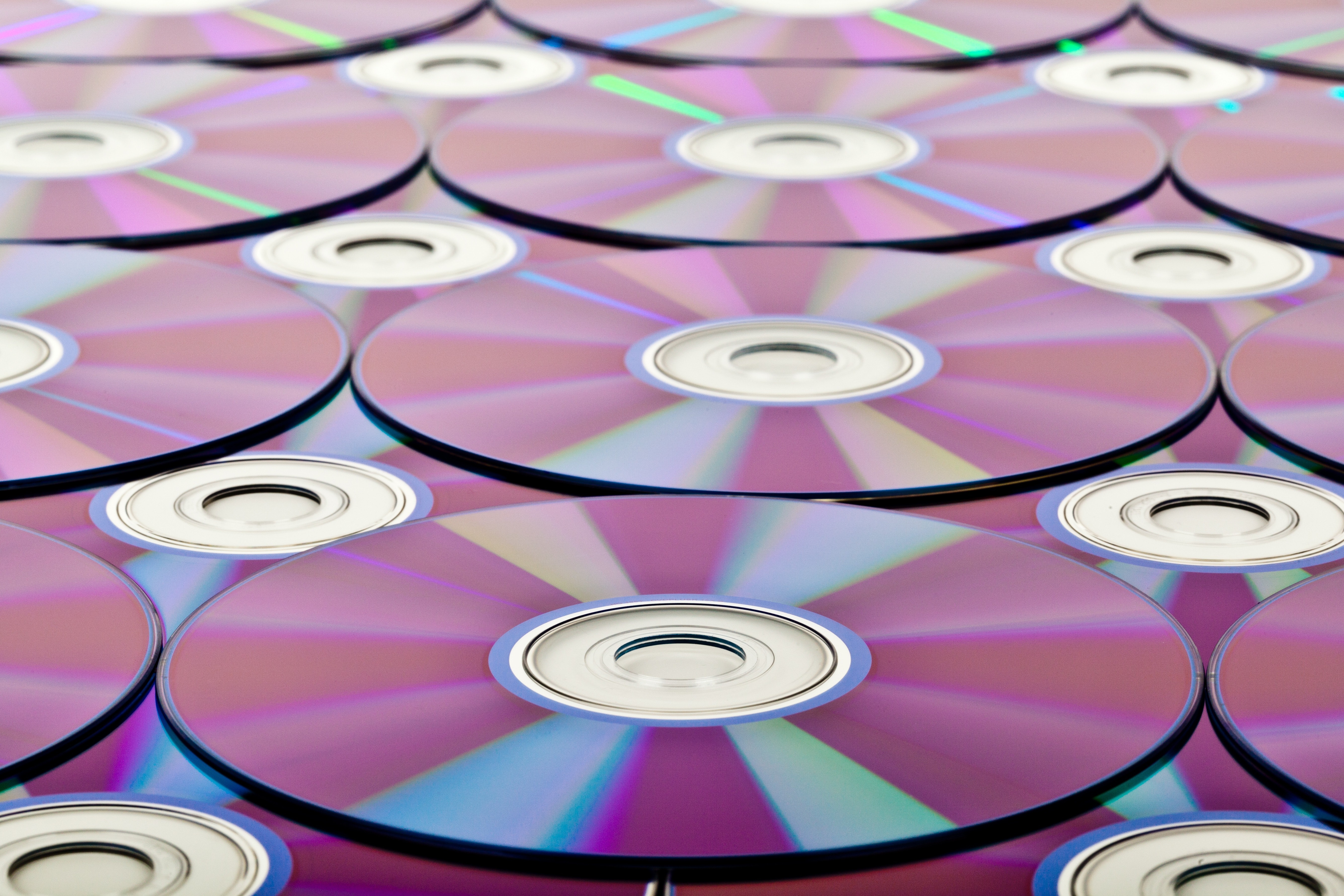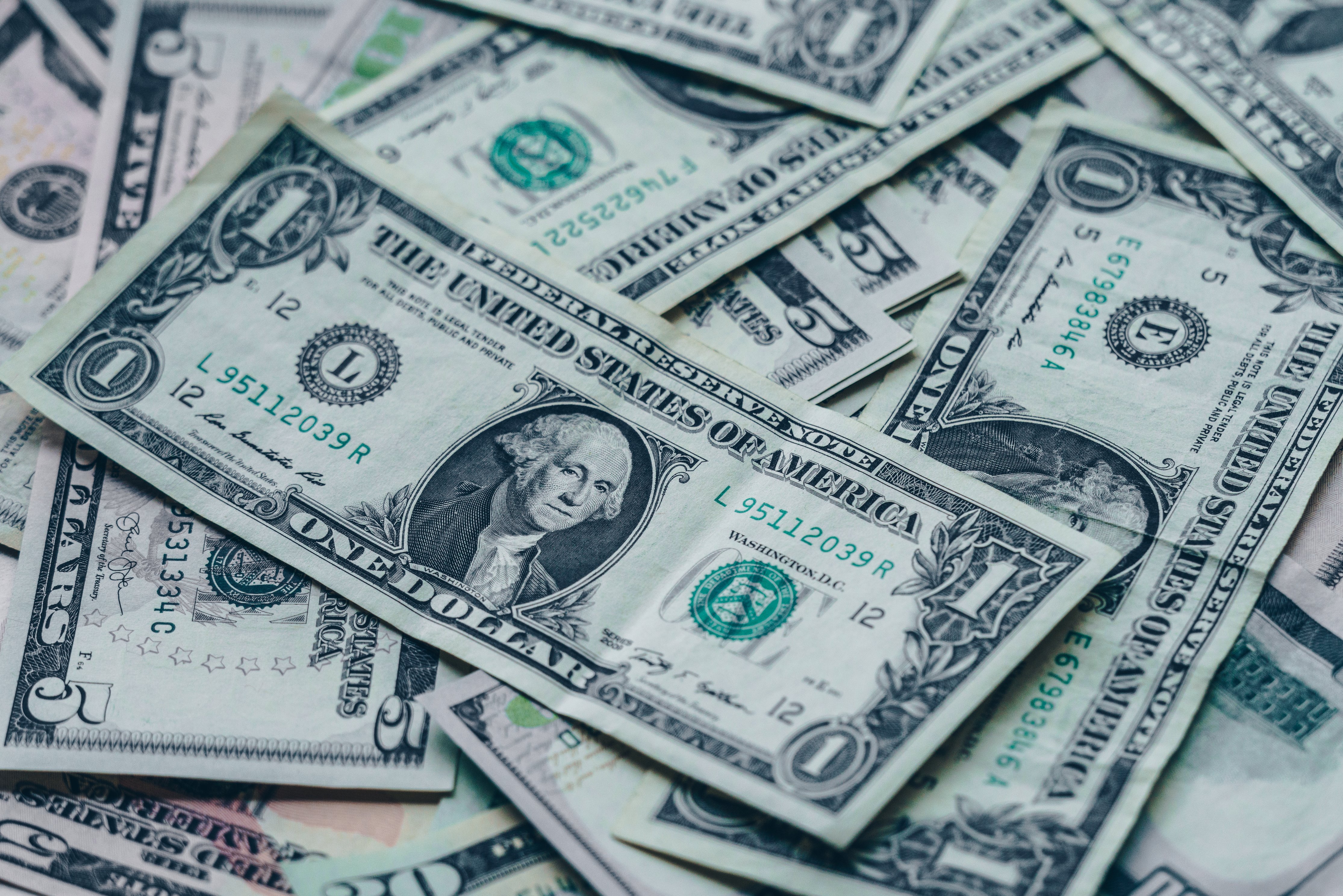We’ve all seen the “BPA Free” stickers adorning plastic water bottles. You may have thought that sticker meant the product was safe and that was the end of the war against plastic.
Unfortunately, that’s not the case. “BPA Free” in no way equals safe and it’s not just the water bottles you have to worry about. There are hidden sources of BPA all around us.
What Is BPA?
 In case you’ve never had the urge to look up the nitty gritty details behind BPA, let’s have a quick science lesson to help you understand why this scary three letter buzzword is so important.
In case you’ve never had the urge to look up the nitty gritty details behind BPA, let’s have a quick science lesson to help you understand why this scary three letter buzzword is so important.
Quiz: Is Your Body TOXIC? Take the Test...
(get your free personalized report)
BPA (bisphenol-A) is a synthetic estrogen often used in plastic products. BPA helps make plastics shatterproof and lightweight. It’s really good for the plastic, not so good for us.
BPA is a proven endocrine disruptor and has been linked to almost instant increases in blood pressure. However, the problems don’t end there. Science has connected BPA to increases in asthma, obesity and reproductive issues. BPA can even be passed through the mother’s placenta or breast milk (3).
In the beginning, researchers thought that BPA could only enter your body through ingestion where it was quickly expelled and therefore safe. However, recent studies have shown that BPA can be transferred through the air and absorption into the skin. The toxin is also stored in your body for much longer than originally thought (1). In fact, 93% of Americans carry traceable levels of BPA in their bodies (2).
Approximately 8 billion tons of BPA are produced annually (1). BPA is everywhere and it hides in places you’d least expect it.
20 Shocking Hidden Sources of BPA
1. Receipts
Receipts, lottery tickets, and movie tickets are printed on thermal paper coated made with a thin layer of BPA. The level of BPA is actually much higher (up to 1 million times higher (13) than the amount found in your food products. However, your body doesn’t absorb as much of the chemical through touch as it does through your diet.
Quiz: Is Your Body TOXIC? Take the Test...
(personalized report)
To avoid this hidden source of BPA, just say no to the receipt.
2. Recycled Paper
The thermal paper used for receipts eventually ends up in your trash. About 30% of it then gets recycled, leading to low levels of BPA in recycled paper and other paper products.
 3. Toilet Paper
3. Toilet Paper
Toilet paper made from recycled materials contains trace amounts of BPA. Instead of killing more trees, you could switch to reusable toilet paper or try a tree-free version.
4. Pizza Boxes
Pizza boxes are generally made from recycled paper and therefore, could contain traces of BPA. To be safe, just make your own pizza.
5. Disposable Cups and Plates
Plastic cups and plates generally contain BPA but even the paper versions may be coated with a thin layer of BPA. Stick with glass instead. If you don’t want to do mountains of dishes after your next party, have everyone bring their own plate.
6. Automobiles
Your beautiful, light-weight car is unfortunately full of plastic containing BPA. That funky smell you notice when it gets hot is actually toxins being released. Since getting rid of your car probably isn’t an option, try parking in the shade and rolling down the windows to air out the smell while it cools off (8).
 7. CDs and DVDs
7. CDs and DVDs
There is a thin, protective coating of BPA on CDs and DVDs. Although this is a small, trace exposure of BPA, opt for digital versions of music and movies when possible.
8. Sports Safety Equipment
Because BPA makes strong, shatter-proof plastic, it is used in helmets and protective eye gear. Try to find BPA free options and protect your gear from extreme temperatures.
9. Baby Food Jars
Although the jar itself should be safe, the lining of the lid contains BPA. To avoid this, make your own baby food and skip the jars.
10. Baby Formula
This is due to BPA leeching in from the container, not from the formula itself. If breastfeeding isn’t an option, look for a formula container that is labeled BPA free (9).
11. Canned Goods
Most cans contain a “protective” lining of, you guessed it, BPA. The easiest way to avoid this hidden source of BPA is to eat fresh produce and avoid the cans.
12. Soda Cans
Like canned foods, if your beverage comes in a can, it is probably lined with BPA. Choose glass bottles when available or just skip the soda and drink water instead.
13. Beer and Wine

The vats used for fermenting your favorite adult beverage could be lined with BPA. To avoid this one, ask the manufacturer, brew your own, or just don’t drink.
14. Plastic Wrap
It may be time to rethink your food storage. Plastic wrap often contains BPA. You could always use glass containers or make your own food wrap instead.
15. Coffee Pots
Heat increases the amount of BPA released. Therefore, that plastic reciprocal you put water in each morning to make your coffee is serving up a side of BPA with that cup of joe. Instead, use any of these 6 options.
16. PVC Pipes
In many newer homes, PVC pipes are used as water pipes (2). If this is the case in your home, opt to use filtered water for drinking and cooking.
17. Money
 BPA is transferred to your money while sitting in your wallet rubbing up against those BPA laden receipts. Avoid keeping receipts in your wallet and wash your hands after handling money (14).
BPA is transferred to your money while sitting in your wallet rubbing up against those BPA laden receipts. Avoid keeping receipts in your wallet and wash your hands after handling money (14).
18. Newspapers
The ink on your beloved Sunday newspaper is probably a source of BPA. Opt to read your local news online instead.
19. Dental Sealants
Many dental sealants contain BPA. Discuss your concerns with your dentist before the procedure to make sure sealants are the best choice.
20. Medical Equipment
BPA can be found in incubators and some other medical equipment. This might be a hard one to avoid when facing necessary medical treatment. Discuss your concerns with your doctor before treatment.
How Can I Possibly Avoid BPA?
It would be nearly impossible to completely avoid all the hidden sources of BPA, they are everywhere (this list is in no way all inclusive). However, any steps you take to lower your exposure to BPA is a step in the right direction.
Start with these four simple steps to lower your exposure to hidden sources of BPA:
1. Avoid plastics, even those labeled BPA free. Be especially wary of plastic products with a recycle code of 3 or 7 (9).
Here are 12 great tips for avoiding plastics and a guide to storing food without plastic.
2. Avoid extreme temperatures. If you do need to use plastic products, keep them away from the freezer, microwave or dishwasher.
3. Choose fresh foods over cans and packaging.
4. Say no to receipts. Send them straight to the trash.
Focus on progress, not perfection. You may not be able to completely rid your life of BPA but you can significantly reduce your exposure to hidden sources of BPA by making the four changes listed above.
About the Author
Vanessa is a free-spirited, self-proclaimed modern-day hippy who uses creativity to clean up her lifestyle while saving money at the same time. You can read more about her frugal adventures on her blog, Creative Money Masters. You can also get this free calendar to successfully rid your home of toxins in four weeks or less.
Resources:
- https://www.sciencedirect.com/science/article/pii/S0960076011001063
- https://www.scientificamerican.com/article/bpa-lingers-in-human-body/
- https://wellnessmama.com/54748/hidden-sources-of-bpa/
- http://groovygreenliving.com/bpa-free-plastic-isnt-as-safe-as-we-thought/
- https://www.thankyourbody.com/what-is-bpa/
- https://www.sciencenews.org/article/receipts-large-%E2%80%94-and-largely-ignored-%E2%80%94-source-bpa
- https://www.cbsnews.com/pictures/bpa-7-secret-sources/8/
- https://www.cheatsheet.com/automobiles/car-interiors-containing-bpa-should-you-be-worried.html/?a=viewall
- https://www.webmd.com/children/bpa
- https://www.medicalnewstoday.com/articles/221205.php
- https://plastics.americanchemistry.com/Product-Groups-and-Stats/PolycarbonateBPA-Global-Group/About-BPA-Polycarbonate-Plastic.pdf
- https://helmets.org/plastics.htmhttps://www.webmd.com/cancer/news/20111202/study-bpa-is-in-wide-variety-of-paper-products#1
- https://www.webmd.com/a-to-z-guides/news/20110812/study-paper-money-contains-traces-of-bpa#2
